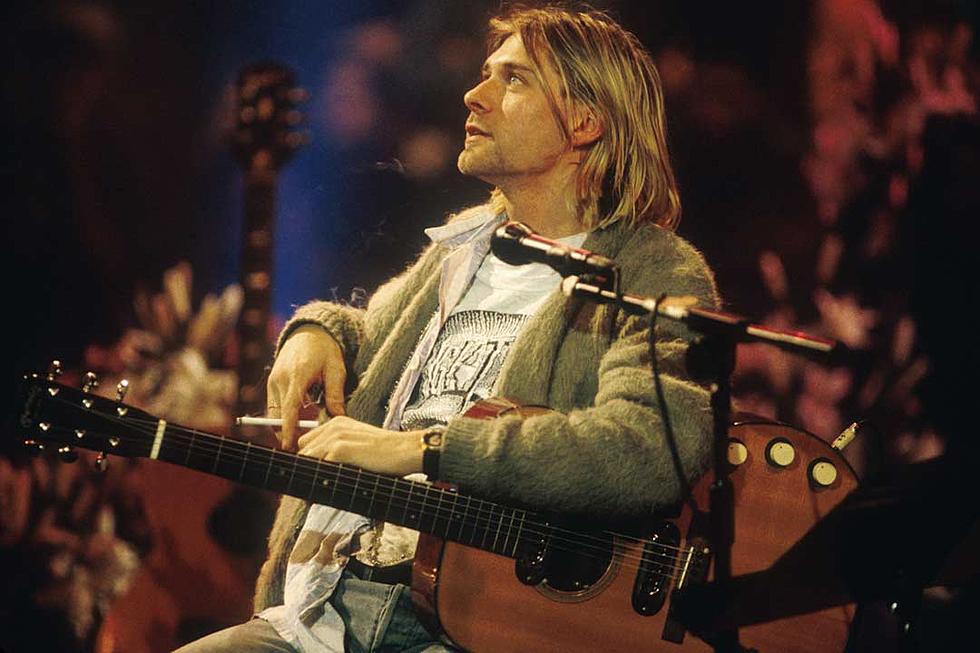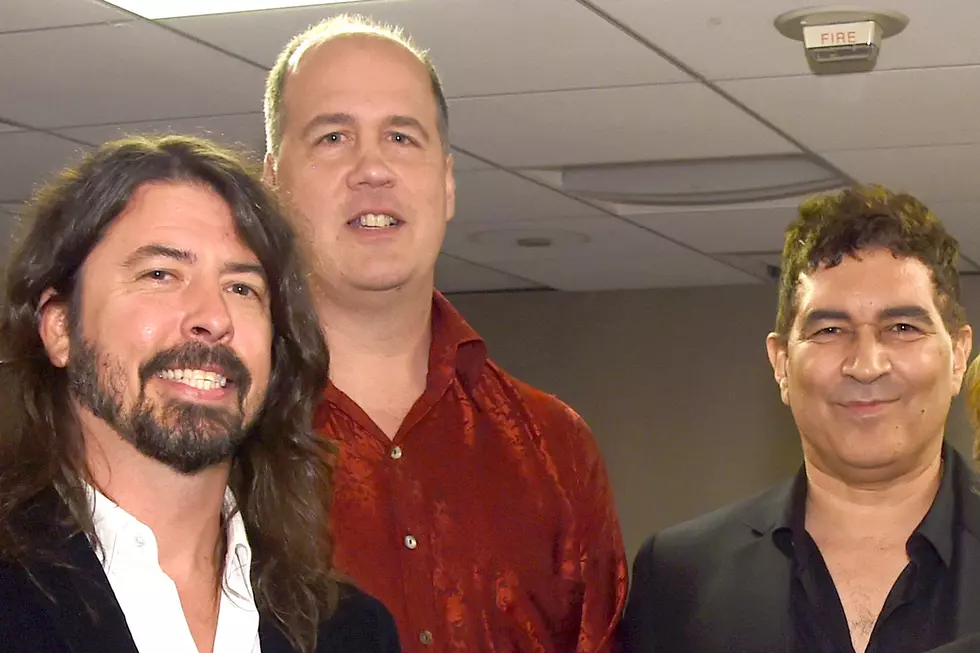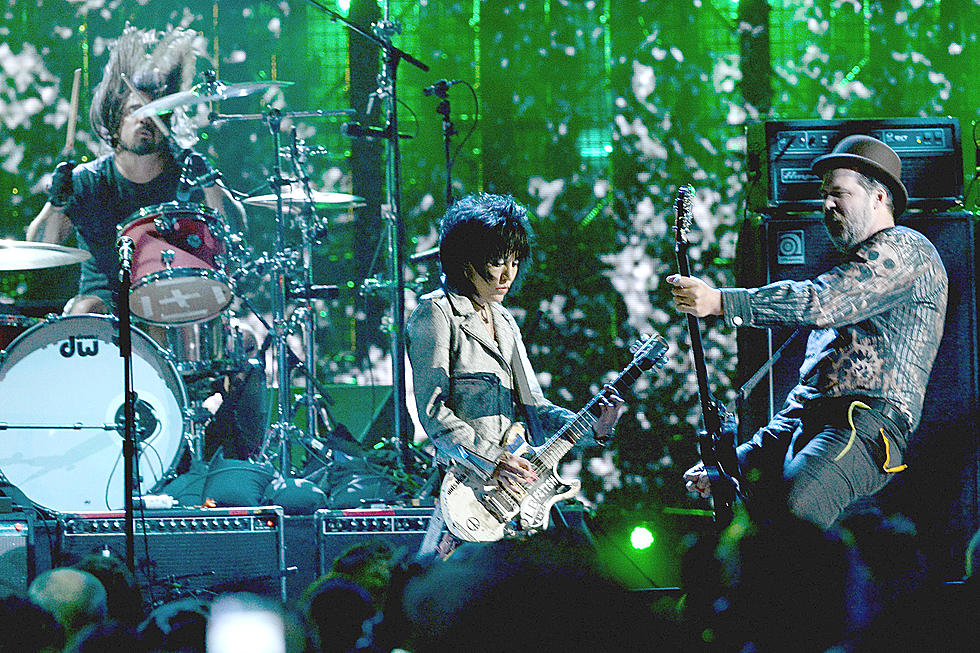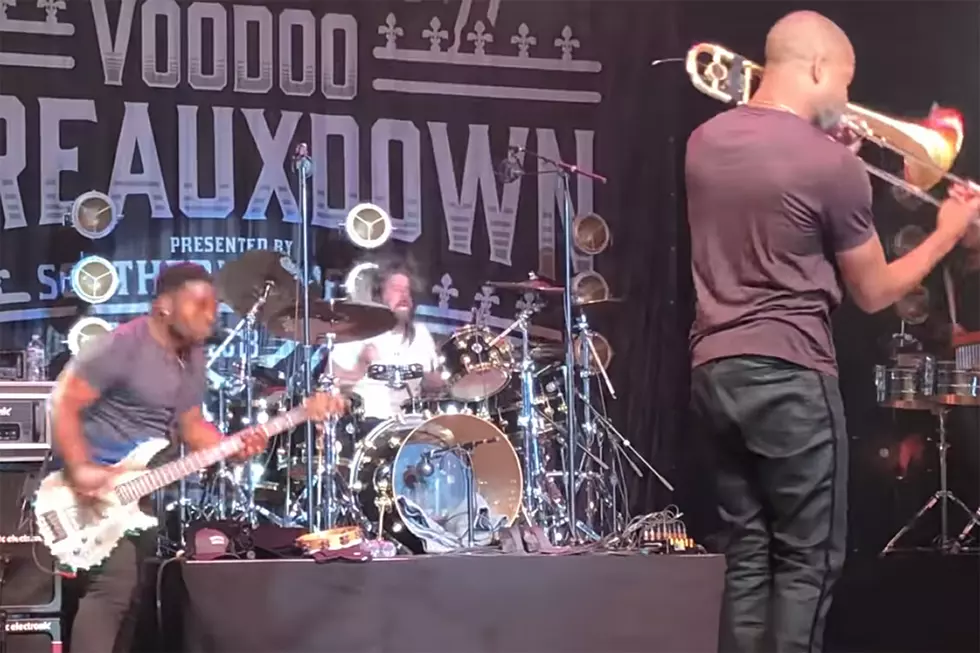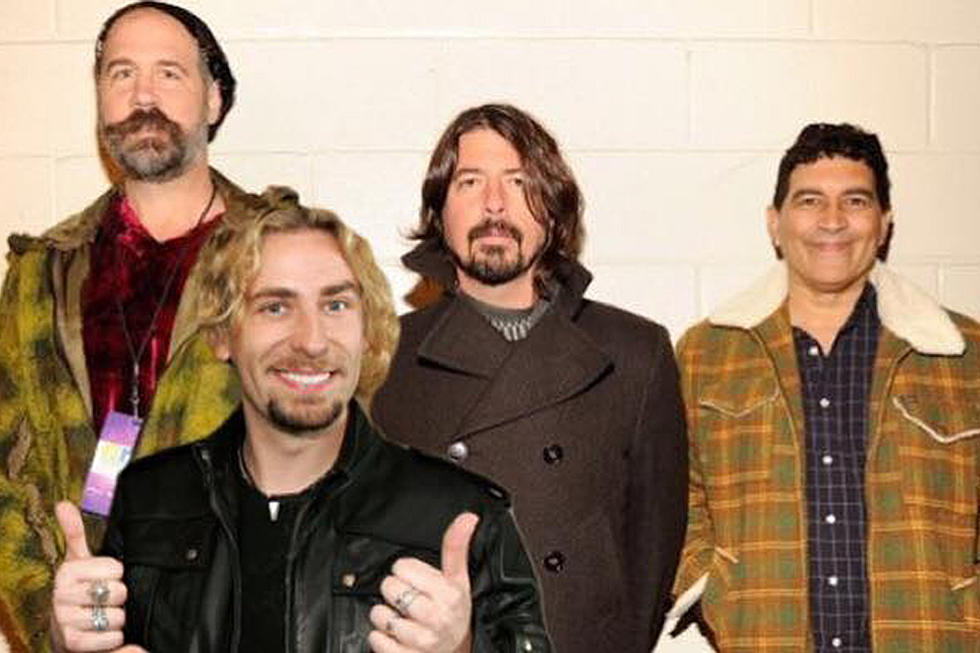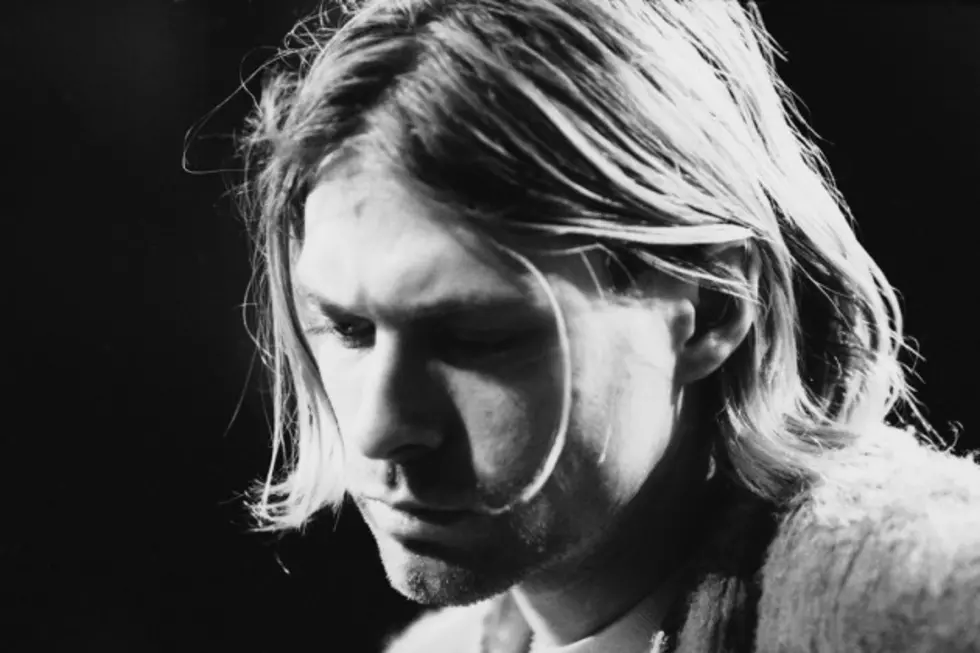
25 Years Ago: Nirvana Blow the Doors Open on ‘Nevermind’
On Sept. 24, 1991, rock fans woke up to the beginnings of a new world order. That day, Nirvana released Nevermind, without a doubt the most important album of the '90s.
This monumental record has been the subject of much mythologizing, and while Nirvana certainly deserves credit for kickstarting the alternative era and once again making the world safe for rock 'n' roll, Nevermind isn't the full story.
Sure, hair metal and adult contemporary were all over MTV and the airwaves at the time of this disc's release, but in the weeks and months leading up to Nevermind, a string of extremely influential albums arrived on shelves. In hindsight, some have held as much weight for music fans as Nirvana’s breakthrough second album. These include: Metallica’s Metallica (aka the "Black Album"), Pearl Jam’s Ten, Uncle Tupelo’s Still Feel Gone, Guns N’ Roses’ Use Your Illusion I and II, and the Pixies’ Trompe le Monde.
But in 1991, Nirvana hardly had the fan base of Metallica, or even the Pixies. They were still a relatively underground garage-punk band based in Seattle that had put out their poor-selling debut, Bleach, a few years prior. Their obscurity made their mainstream success all the more unlikely. It’s almost as if, overnight, the world decided on a new definition of "cool," and that three unassuming guys -- Kurt Cobain (guitar/vocals), Krist Novoselic (bass), and Dave Grohl (drums/vocals) -- were the Father, Son and Holy Ghost of what would become known as grunge.
Although Nevermind, produced by Butch Vig, is highly revered, it has a decidedly dated sound. The record's timelessness has mostly to do with the songs -- the blending of Cobain's lyrical content, which was like nothing anyone had ever heard, and the loud-soft distortion-drenched arrangements, which would soon become the era’s favorite formula.
Lead single and album opener "Smells Like Teen Spirit" stands as the call-to-arms for the era’s youth, even if the lead riff is strikingly similar to the Pixies’ track "U-Mass," which Cobain may have heard prior to writing the album (it predated Trompe le Monde). Others have likened it to Boston's "More Than a Feeling," and even Kurt copped to the similarity. Nevertheless, "Teen Spirit" screams at some inner-animal inside everyone, right down the last gibberish lyrics that close the song.
Another single, "In Bloom," maintains the momentum with a decidedly catchier chorus than the one on ‘Teen Spirit.' With track three, Nirvana provides the first of its down-tempo tracks, yet another single, "Come As You Are," which is built on a Middle Eastern-sounding riff -- the type that had been a punk staple for years and had shown up on other ‘90s hits like the Offspring’s "Come Out and Play (Keep ‘Em Separated)." The subsequent two tracks, "Breed" and "Lithium," amp things right back up, before going "soft" again with the acoustic "Polly."
On the seventh track, "Territorial Pissings," Novoselic kicks off the song with a tongue-in-cheek, out-of-tune rendering of the chorus from the Youngbloods’ "Get Together," and soon devolves into straight-up punk chaos. Four more up-tempo songs ("Drain You," "Lounge Act," "Stay Away," [mid-tempo] "On a Plain") follow, before one of the darkest closing songs of the era, "Something in the Way," complete with spooky lyrics, off-tune strummed acoustic guitar and a cello. (The band would continue adding the sorrowful-sounding instrument on subsequent recordings and would bring a cellist on tour with them).
The album, like its song structures, is a loud-soft roller-coaster ride. And then there's "Endless Nameless," the "hidden" 13th track, played after the last official tune. All in all, it’s one of the best sequencing jobs of the era.
Also of note is the iconic cover, a naked baby floating in a pool, reaching for a fish-hook with a dollar stuck on it. Nirvana were pushing the envelope with the highly controversial and extremely odd cover, and such design decisions became standard in the ’90s grunge era (see Pearl Jam’s Vs. or Local H’s As Good As Dead to name just two).
The album’s massive chart success came after a slow-burn start (it debuted at No. 144 on the Billboard charts), and as the band toured in support of the record, it began its historic rise to the top. Nevermind finally reached No. 1 on Jan. 11, 1992, and at the time, it was selling a staggering 300,000 units a week. As of 2008, it had sold a whopping 30 million copies worldwide.
Some might argue that the band’s third album, In Utero, was a better all-around set of songs than Nevermind. But in terms of affecting music history and shifting pop culture's tectonic plates, Nevermind is the more important record.
Nirvana Albums Ranked in Order of Awesomeness
More From Diffuser.fm


